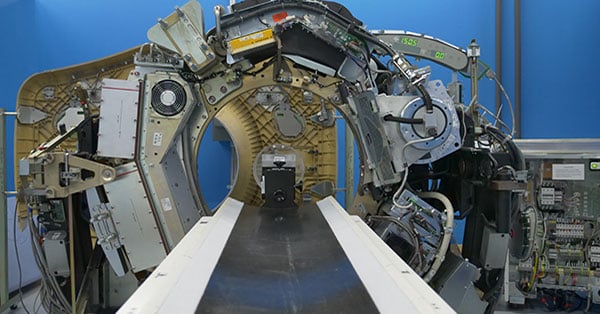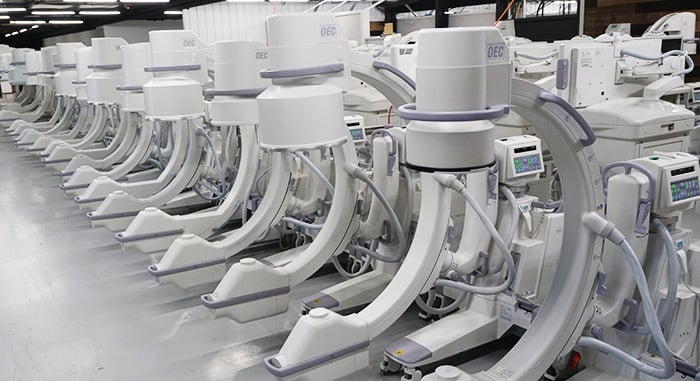
September 8, 2020 : 2 min read
Are Preventative Maintenance Visits Required?
The manufacturer tells you your CT scanner needs 2 preventative maintenance (PM) visits each year. If your facility owns an MRI, the recommendation is 4. All the other modalities you may be using have their own PM frequency schedule too.
But is that really necessary? Is it really that important to do ALL of them? What about a CT PM every nine months? Or 3 MRI PMs a year?
To answer these questions succinctly: You really should do preventative maintenance as often as the OEM recommends. Here’s why:
3 Reasons to Follow Your Maintenance Schedule
Putting the "P" in "PM"
Preventative maintenance visits really lead to prevention. They allow engineers to find small problems before they become big problems, which prevents downtime. Most of the time, an engineer can work around your patient schedule, which prevents the much larger disruption that an equipment failure would cause. PMs also allow preemptive parts purchases which, in the case of hard-to-find parts, prevents long waits. Foregoing recommended PMs leaves rising problems undetected and well-worn parts wearing even further.
Saving Costs
Of course, with the prevention of downtime, comes the saving of costs. Referrals aren't lost, engineers aren't spending hours diagnosing and repairing, and fewer parts are being ordered.
Another consideration you may find compelling is that service companies (Block Imaging Service included), frequently build PMs into service agreements. One of the big reasons we do this: when we are responsible for a system's upkeep, doing PMs at the OEM-recommended frequency makes upkeep cost less. If PMs are reducing cost for us, they can do the same for you when your facility assumes its own upkeep risk.
Serving Better
Systems that have regular service provide the best experience for patients. Imaging equipment is an extremely valuable tool for diagnosis and treatment planning. Regular PMs help to maximize a system's utility for both of these purposes. During a PM visit your engineer checks X-ray dosages, performs calibrations as needed, and ensures that the equipment is providing the best images possible. Peak safety, high image quality, and a lower likelihood of repeat scanning are all benefits your patients can enjoy when you implement and execute a regular PM schedule per OEM recommendations.
The Takeaway
Regardless of what your service coverage looks like, we suggest making sure it follows your OEM's recommendations for PM frequency. Bending the "rules" may save you some money in the short term, but an undiagnosed equipment problem can end up costing you much more.
On top of that- you have options when it comes to getting your PM. Offerings vary from provider to provider but, by way of example- Block’s full service agreements include preventative maintenance along with coverage on parts and labor. If you’re not interested in full service, we also provide PM-only agreements that covering just PM visits and proactively schedule them so you don’t have to. And, of course, you can always book a PM on a time and materials basis.
Whichever option is most comfortable for your needs, be sure to choose one so that you can keep your equipment running longer, better, and at a lower cost.

Chris Kinnas
Chris Kinnas is a National Service Solutions Manager at Block Imaging. His goal is to see imaging facilities covered by the very best service for maximum equipment uptime. Outside of the office, he is a husband, a father of 4, and an avid Chicago sports fan.






